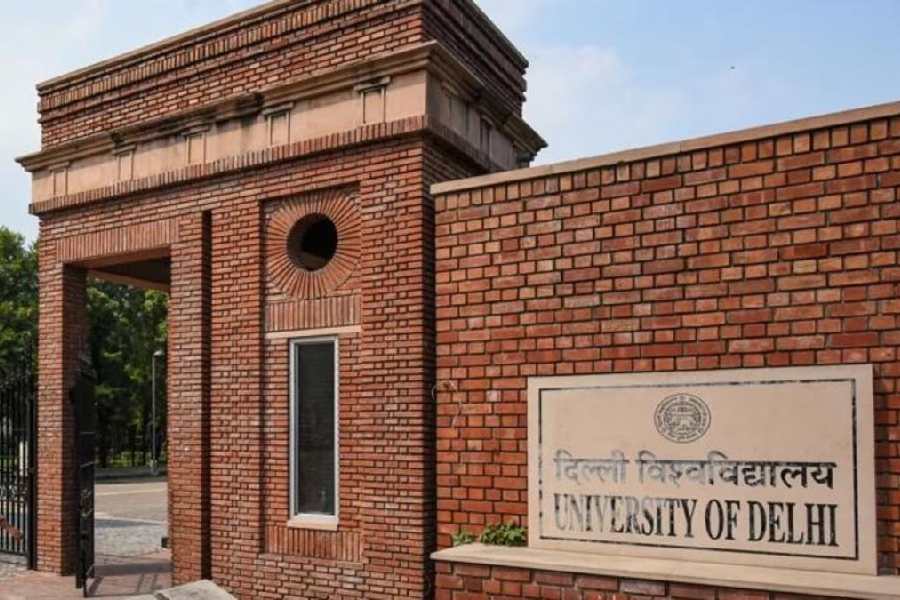 |
For years, cancer biologist Sanjeev Das has been in hot pursuit of a molecule, a protein that goes by the name p53. Das, an associate professor at the National Institute of Immunology (NII) in New Delhi, knows that any clue as to how the protein takes certain decisions while inside a living cell can be crucial for improving our understanding of how cancers take root.
The p53 is not any ordinary protein. This biomolecule is the last one that stands between us and cancer. As long as the protein is functionally active, there is some hope of keeping cancer away. First discovered some 35 years ago, the protein plays a pivotal role in guarding the integrity of a living cell, earning it the sobriquet “the guardian of the genome”. Though it remains dormant in healthy cells, it springs into action if there is any sort of DNA damage, caused by, say, exposure to radiation or to a chemical agent.
Disruption in its function is responsible for more than half the known cancer cases. In certain cancers, the mutated p53 protein aids the propagation of malignant cells.
“It seems to play two distinct roles, depending on the intensity of the threat,” says Das, who is originally from Calcutta. “If damage to the DNA is manageable, p53 signals stoppage of the process of cell division so that the cell gets time and resources to repair the damage and survive. But if it is beyond redemption, the protein directs the cell to undergo self-destruction, a process called apoptosis or programmed cell death,” he says.
But how the p53 makes this choice was not known.
Now Das and his colleagues seem to have cracked this mystery. The NII team has identified an enzyme whose interaction with the protein helps the latter decide whether to save the cell or trigger apoptosis. In a paper that appeared recently in the journal Molecular Cell, the scientists showed that during the early stages of DNA damage, the enzyme HDAC5 binds to P53 and this signals activation of genes that are essential for cell survival.
However, when the damage is prolonged, this p53-HDAC5 interaction is disrupted by elevated production of a reactive oxygen species, a by-product of cellular damage. This, in turn, induces programmed cell death so that irreparably damaged cells are destroyed and removed from the system.
“HDAC5 moving away from P53 means that the damage to the cell is really serious. This prompts p53 to signal the destruction of the cell,” says Das who did his bachelor’s and master’s from Ballygunge Science College in Calcutta before heading to the Indian Institute of Science, Bangalore, for his PhD.
 |
| Sanjeev Das |
“This work is a significant academic advancement. It throws light on a process of p53 regulation in cells, which was hitherto unknown,” says Tapas Kundu, a professor at the Jawaharlal Nehru Centre for Advanced Scientific Research, Bangalore. Kundu adds that p53 is one of the most important proteins in the cells. “Apart from repairing DNA damage and pushing damaged cells towards programmed cell death, it also plays an active role in differentiating stem cells,” he says.
Ironically, it is this aspect (differentiation of stem cells) of p53 that is hijacked by tumour cells for the spread of cancer. “Defective p53 can actually spell disaster. The newly-discovered mechanism can probably be harnessed to rein in the mutated p53 protein in certain types of cancer. But such therapeutic potential is still a distant possibility,” Kundu says.
This is not first time a significant work involving p53 has emerged from Das’s lab. About two years ago, he and his team discovered that p53 protein was involved in fighting impairment of metabolism, a condition that worsens into several metabolic disorders, including type 2 diabetes.
“This is the first study to show that p53 protein has a role in metabolic function of the cells as well. When the cells are subjected to starvation, a protein called PGC-1alpha swings into action by binding with p53. This releases cellular mechanisms that help the cells survive the non-availability of nutrients. But when the starvation process is prolonged, the bond between PGC-1alpha and P53 is broken and the damaged cells are sent to gallows,” Das says.










